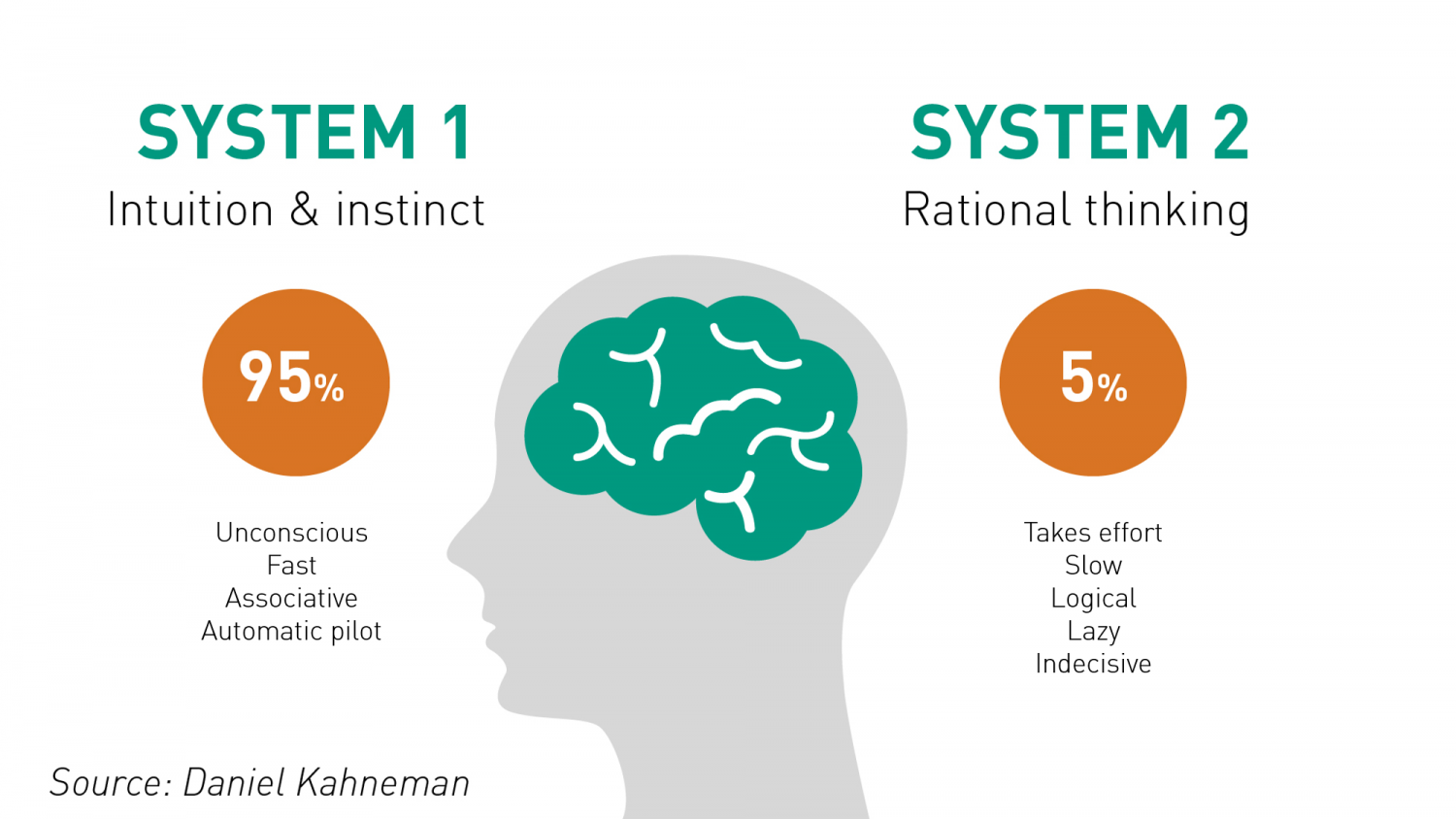Welcome to the latest of our ‘What the hell is?’ series, in which we take a look at neuromarketing, one of Yell’s new, exciting capabilities.
We’ll demystify jargon, explain neuro’s possible impact on your organisation and share key insights about how leveraging behavioural sciences can help you better predict outcomes and create a competitive advantage.
Firstly, what is neuromarketing?
Neuromarketing uses research-backed insights about human behaviour to guide marketing decisions and strategies.
At its heart, all marketing is finding an audience and communicating to them in an engaging way about a product or service that meets a need of theirs.
David Ogilvy highlighted the challenge that advertisers and marketers face:
“Consumers don’t think how they feel. They don’t say what they think and they don’t do what they say.”
So how can we cater to consumer’s behaviours if they don’t do what they say they are going to?
This is where neuromarketing comes in. Neuromarketing is essentially using research-backed insights about human behaviour to guide marketing decisions and strategies.
As a neuromarketer, the three lenses I use to gain deeper insights are:
- Behavioural economics
- Neuroscience
- Psychology
As David Ogilvy correctly pointed out, people don’t always act as they say they will. Neuromarketing counters this by delving into the true motivations for behaviour by examining how the brain processes and responds to information.
How does neuromarketing give deeper insight?
Nobel prize winning behavioural economist Daniel Kahneman outlined in his book ‘Thinking Fast and Slow’ that people have two modes of thinking: System 1 and System 2.
System 1 is instinctual and fast thinking, while System 2 is deliberative and slow thinking. System 1 is often thought of as subconscious response and System 2 as conscious response.

One of the fundamental insights that behavioural science has proven, is that people don’t use ‘System 2’ thinking as much as was previously thought. They don’t engage in as much slow and deliberate reasoning before making a decision as we imagine.
Our brains simply don’t have the time, energy or inclination to interpret all the information required to make the most rational choice.
Instead, decisions are influenced by mental shortcuts that we take to help us make good decisions in a timely manner. This is the fast and instinctual ‘System 1 thinking’.
This is why neuromarketing utilises scientifically proven methods to uncover insight on the System 1 response – giving us insight into our customers’ instinctual reactions.
A practical example of using insight from neuromarketing
By understanding the System 1 response and how the brain actually processes information, we can better predict the user’s response.
For example, two of the top experts in behavioural finance, Shlomo Benartzi and Richard Thaler, applied insights from behavioural economics to try and help people save more money for their retirement.
It’s a fact of life that despite their best intentions, many people struggle to save money for the future – even those who work within the finance industry! Studies from the behavioural sciences identified why this is.
‘Hyperbolic discounting’ is the name for the tendency for people to be more likely to choose a smaller reward sooner, rather than a larger reward at a later date.
In real life, this means that most people are more likely to spend their hard-earned cash on fun things today, rather than putting it aside for our retirement.
The study even revealed that saving for one’s own future is viewed as akin to giving money away to a stranger.
Understanding the inbuilt behaviour provides a springboard to develop a solution. Shlomo and Thaler realised that the best way to overcome hyperbolic discount, was to remove temptation altogether. In their “Save more tomorrow” program the user automatically puts a percentage of their income into their savings account, removing hyperbolic discounting from the equation entirely.
Three ways that neuromarketing can give you a competitive advantage:
- Strategic positioning: Neuromarketing is able to uncover the System 1 response an individual has towards your brand vs your competitors. This can be used to help you find the optimum positioning for your brand and determine which attributes actually drive purchase intent and brand affinity.
- Better predict behaviour: By understanding scientifically-validated behavioural principles, we can better predict how your customers will respond to inputs e.g. the closer someone gets to completing a task, the faster they will move to do so. This can be harnessed to improve conversion rates and generate more leads.
- Creative optimisation: Advancements in neuromarketing have improved our understanding of how to optimise creative to drive critical consumer behaviour e.g. how to hijack attention, the role emotions play in decision making and how memory is stored and retrieved.
If you would like to know more about how neuromarketing can help your organisation, then I’d love to discuss it with you – just drop arron@yellcreative.com a line and I’d be happy to talk you through some practical applications that can deliver real results.








